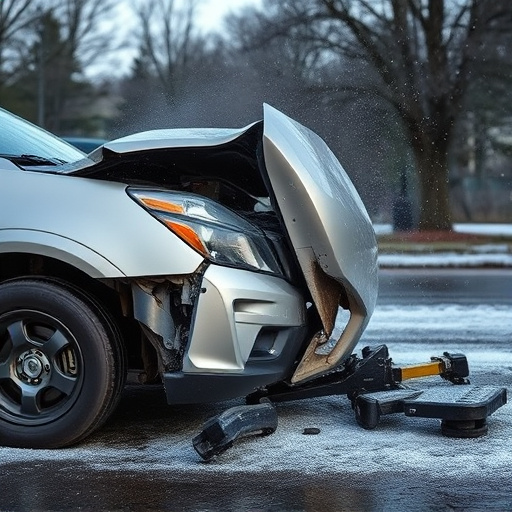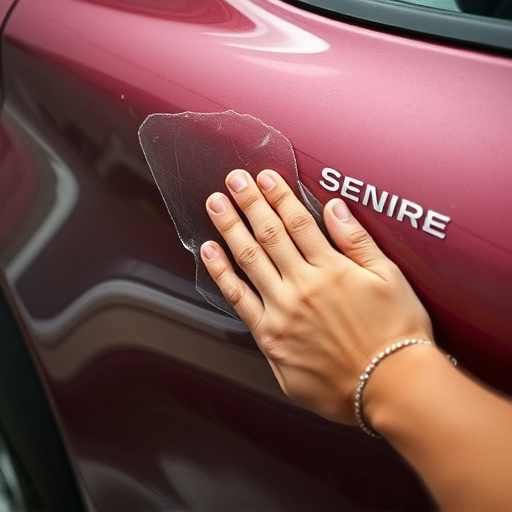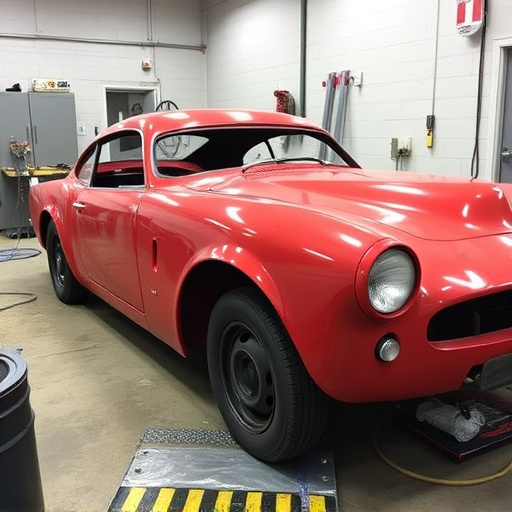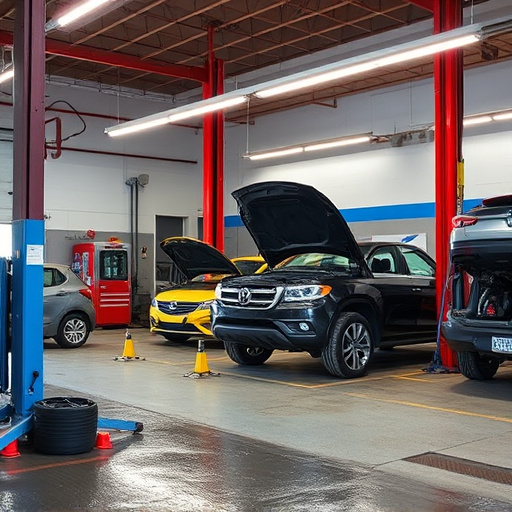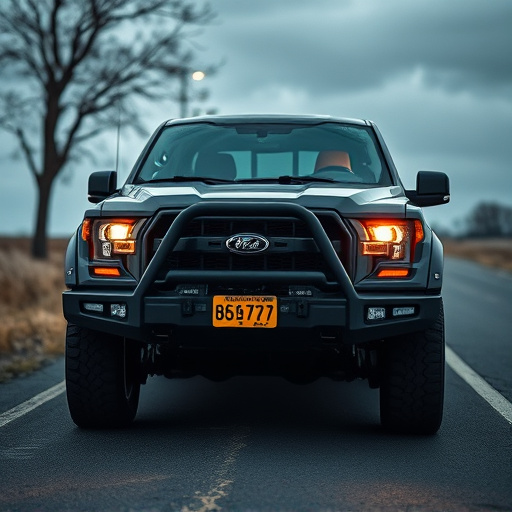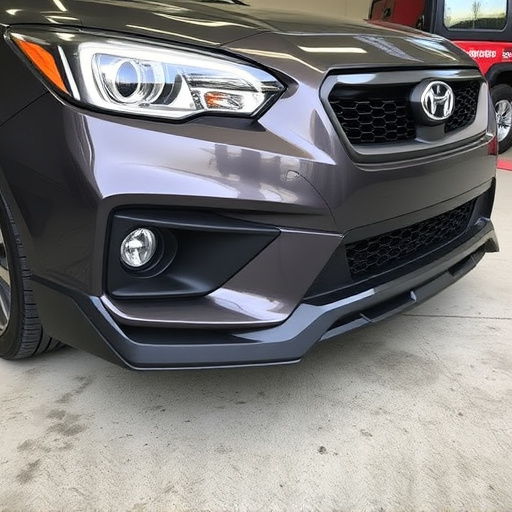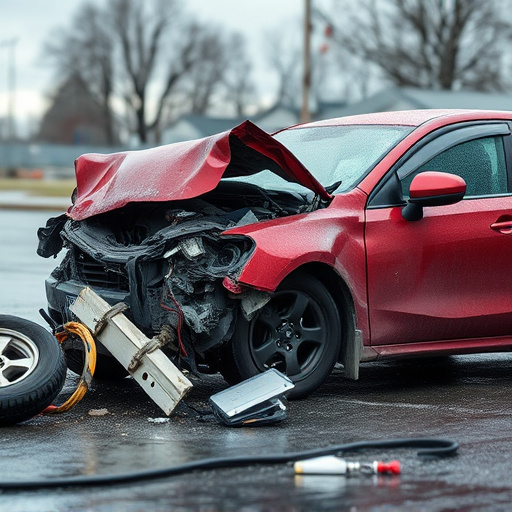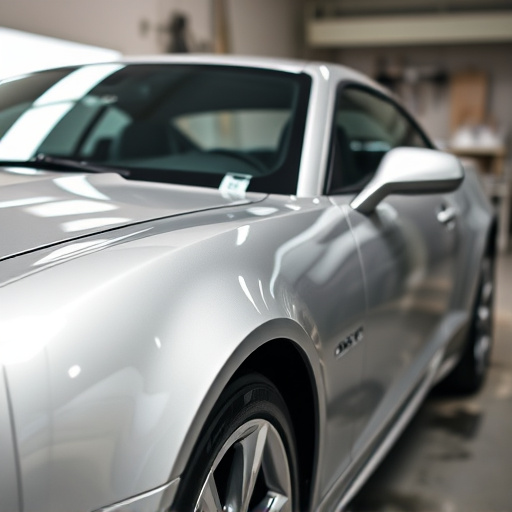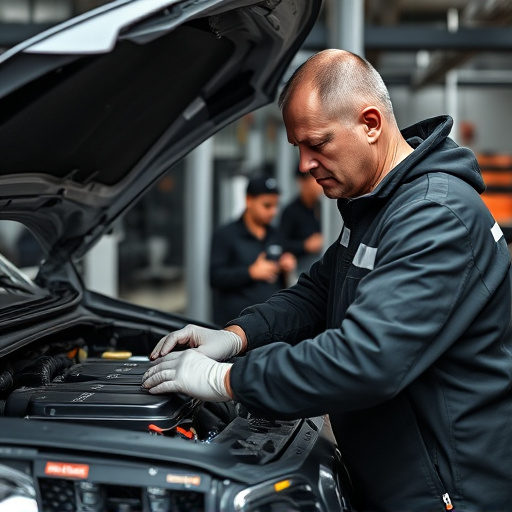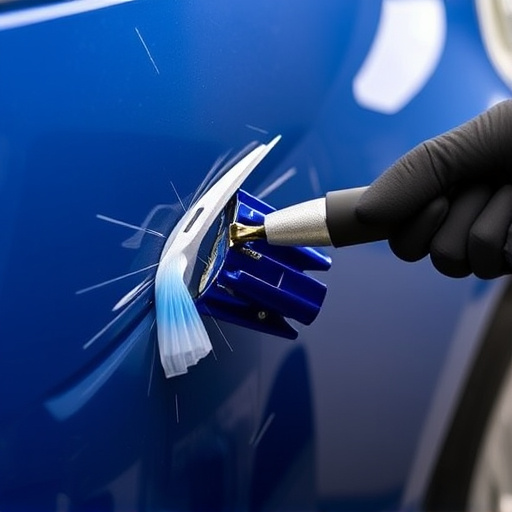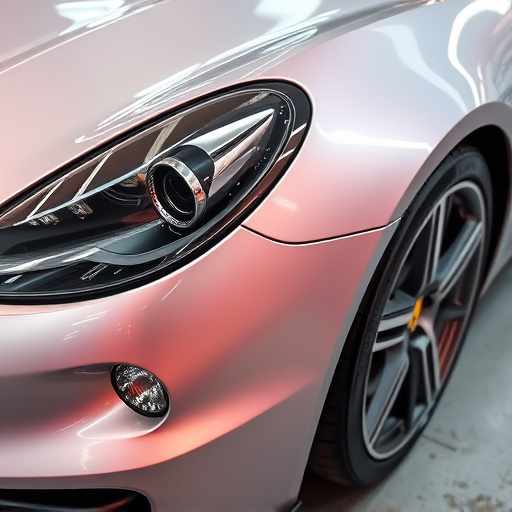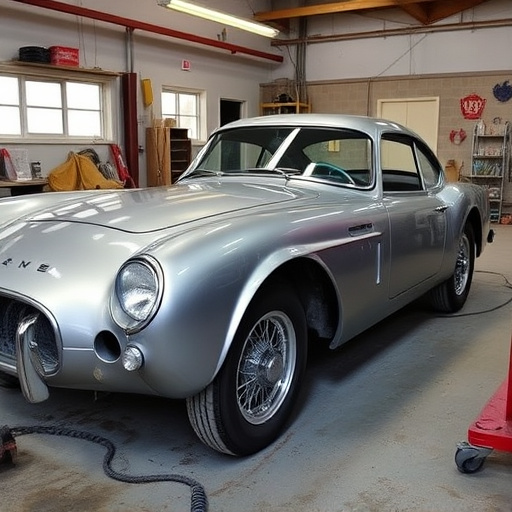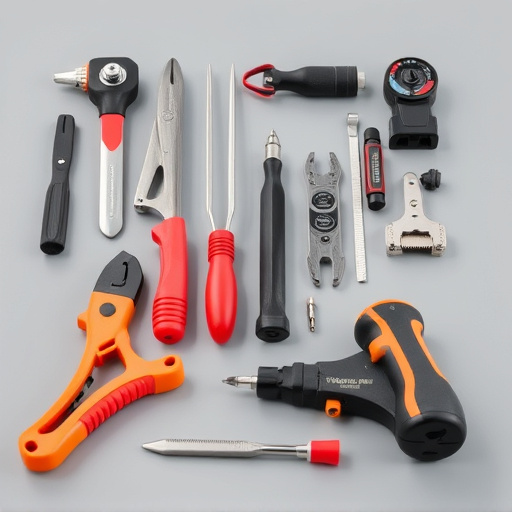PDR for door dings is a non-invasive method using specialized tools to repair minor vehicle dents on aluminum panels behind the affected area, preserving the car's original finish and aesthetic value. Skilled technicians overcome unique challenges posed by aluminum's deformability through precise techniques, offering advantages in auto body services like reduced downtime, minimized costs, and maintained appeal, making it an appealing vehicle repair solution.
“Discover the game-changing solution for repairing door dings on aluminum panels with PDR (Paintless Dent Repair). This non-invasive method revolutionizes car dent repair, offering a swift and cost-effective alternative. In this comprehensive guide, we’ll explore the benefits of PDR specifically tailored to aluminum panels, commonly found in modern vehicles. From understanding the PDR process to a step-by-step breakdown of the technique, you’ll learn how to efficiently restore your vehicle’s exterior, eliminating unsightly door dings.”
- Understanding PDR: A Non-Invasive Repair Method
- Aluminum Panels: Challenges and Benefits in PDR
- Step-by-Step Guide: Performing PDR on Door Dings
Understanding PDR: A Non-Invasive Repair Method
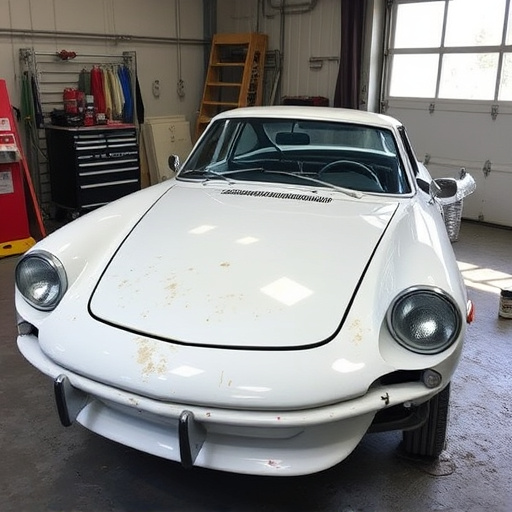
PDR, or Paintless Dent Repair, is a non-invasive car dent repair technique that has revolutionized the way we address minor damage on vehicle exteriors, particularly on aluminum panels. Unlike traditional collision center methods that often require painting and extensive bodywork, PDR focuses on restoring the affected area without disturbing the original finish.
This innovative process involves specialized tools and trained technicians who gently work their way into the dented area from behind the panel. By carefully manipulating these tools, the technician can push out the depressed metal back to its original shape. The result is a virtually undetectable repair that preserves the car’s aesthetic value and saves time and money compared to conventional dent repair methods.
Aluminum Panels: Challenges and Benefits in PDR
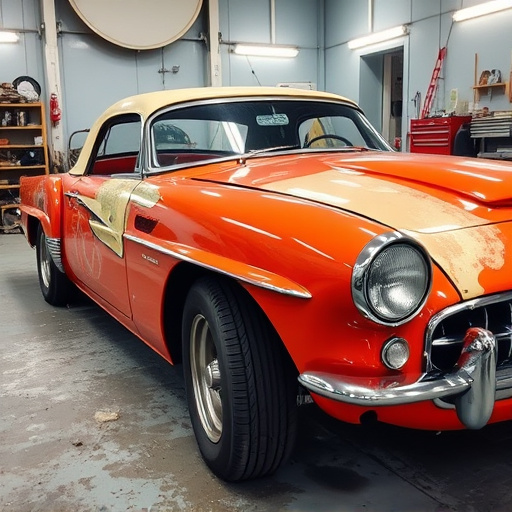
Aluminum panels present both challenges and benefits when it comes to PDR for door dings. Unlike traditional steel bodies, aluminum is lighter and more corrosion-resistant, making it a popular choice in modern car manufacturing. However, this material’s unique properties also pose specific difficulties during repair. Aluminum has a tendency to deform and bruise upon impact, leading to complex dimpling patterns that require precise and skilled techniques to rectify.
Despite these challenges, PDR for door dings on aluminum panels offers several advantages as part of auto body services. It allows for effective restoration without the need for extensive welding or replacement parts, preserving the vehicle’s original integrity and value. This non-invasive approach is particularly appealing for vehicle repair, as it reduces downtime, minimizes costs, and maintains the car’s overall aesthetic appeal.
Step-by-Step Guide: Performing PDR on Door Dings
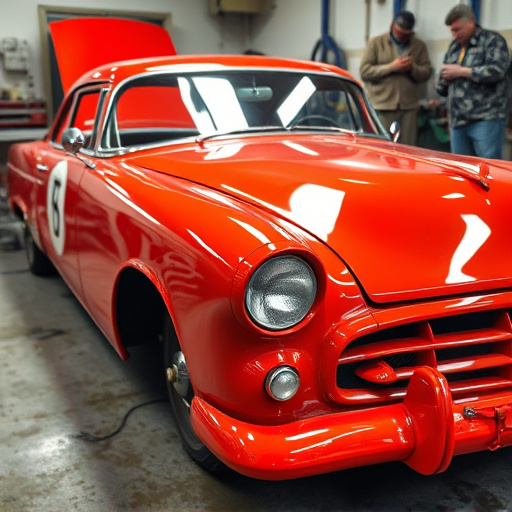
Performing PDR (Paintless Dent Repair) on aluminum door panels is a skilled technique that can restore your vehicle’s exterior to its original state. Here’s a step-by-step guide to help you navigate this process:
1. Inspection and Preparation: Begin by thoroughly inspecting the dented area. Ensure there are no deep or complex damages. Prepare the panel by cleaning it with mild soap and water, ensuring it’s free from grease, dust, or grime. This step is crucial for achieving a clean finish.
2. Tool Selection: Choose the right PDR tools tailored to aluminum panels. Metal sliders and grips designed for this purpose are essential. The tools should be compatible with the panel’s material to avoid damaging the surface.
3. Accessing the Dent: Create space around the dent by removing any trim or molding, if applicable. This allows easy access to the damaged area. Place your tool over the dent, applying gentle pressure to push out the indent. The goal is to return the metal to its original form without painting or cutting.
4. Smoothen and Blend: Gradually smoothen the edges of the repaired area using the slider. This step ensures a seamless blend with the surrounding panel, making the repair nearly invisible. Keep applying gentle pressure until you achieve a perfect match.
5. Final Touches: Once satisfied with the repair, wipe down the entire door to ensure no residue remains. Compare the patched area with the rest of the panel for any visible differences. If needed, fine-tune the finish using appropriate auto painting techniques. Remember, PDR is an art that requires practice, so be patient and precise.
PDR (Paintless Dent Repair) for door dings on aluminum panels offers a non-invasive and efficient solution, proving particularly beneficial for its quick turnaround and minimal material impact. By understanding the unique challenges and advantages of aluminum panels, and following a structured step-by-step guide, professionals can effectively restore damaged vehicles to their original condition. This method not only conserves resources but also ensures a seamless repair process, making PDR for door dings a preferred choice in the automotive industry.
